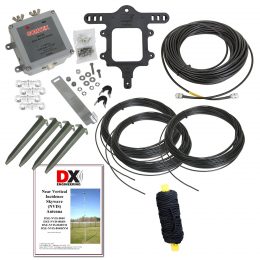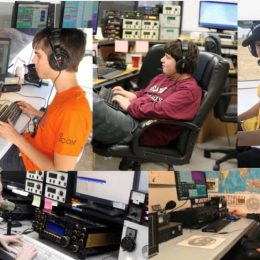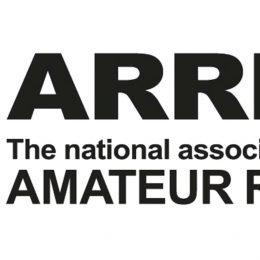HAM Radio 101
NVIS stands for Near Vertical Incidence Skywave, an ionospheric operating technique that has been used for decades in military and in-state disaster communications. NVIS antennas can be quickly and easily […]
HAM Radio 101
Any Ham Radio do-it-yourselfer who has suffered a painful cut while working with machined metal or plastic tubing knows the importance of today’s Word of the Day—Deburring. Taking the time […]
HAM Radio 101
There are many factors that can affect our enjoyment of Ham Radio. Some annoyances may be only a few feet away, such as an electric lamp or computer causing RF […]
HAM Radio 101
In Ham Radio, SK has a dual meaning. When you see it placed after a callsign, SK stands for “silent key,” signifying the operator is deceased. SK is also a […]
HAM Radio 101
The world is different from the time many of us got hooked on Ham Radio. Skyping was something we saw on the Jetsons, and our worldwide web existed between the […]
HAM Radio 101
A propagation phenomenon that is characterized by very rapid QSB (fading signal strength), often accompanied by Doppler shift in frequency, which can produce a warbling tone on CW. Signals displaying […]
HAM Radio 101
A rotator—often incorrectly referred to as a “rotor”—is an essential piece of equipment for positioning a directional antenna. Mounted on the antenna mast, the rotator is moved by a controller […]
HAM Radio 101
From time to time, our Word of the Day column will focus on an unusual or rare DXCC entity. Scarborough Reef is both. In 1996, Scarborough Reef(Huangyan Island), located in […]
HAM Radio 101
The fun of Ham Radio reaches new heights with Summits on the Air (SOTA), a program that encourages Amateur Radio enthusiasts to operate from atop the world’s hills and peaks. […]
HAM Radio 101
ARRL stands for the American Radio Relay League, the largest membership association of Amateur Radio enthusiasts in the U.S. When you become a member, you’re supporting a non-profit organization that […]











